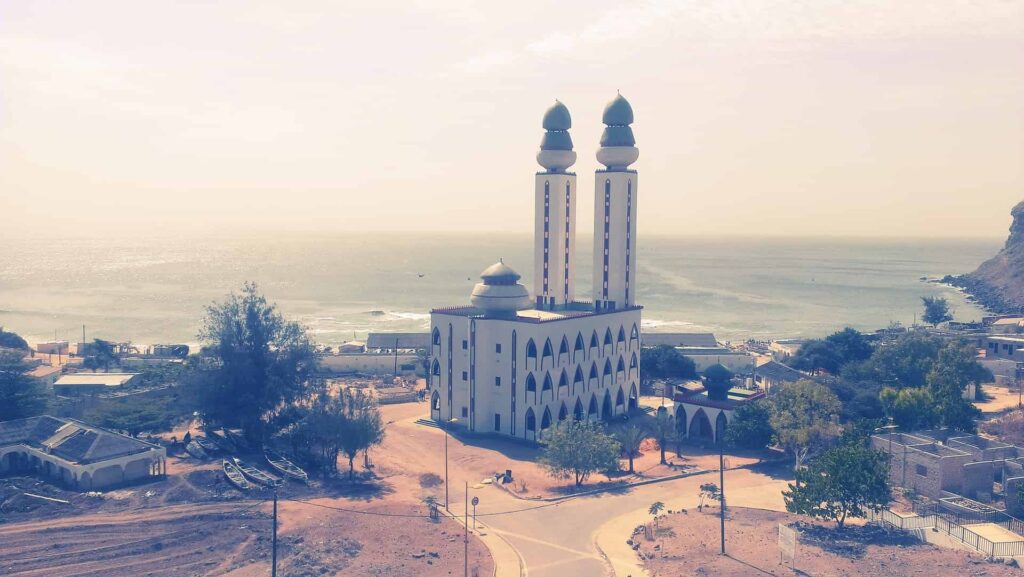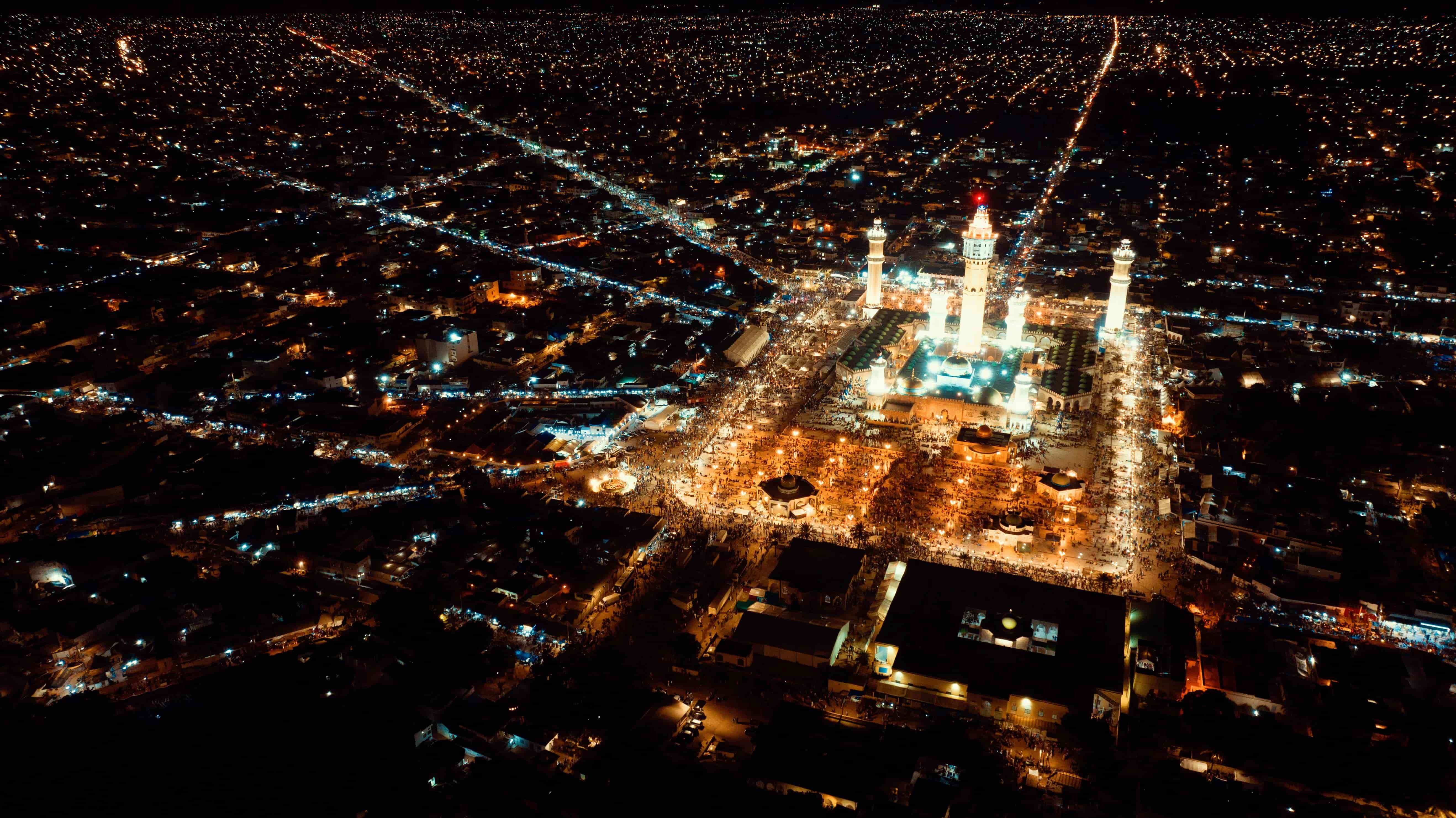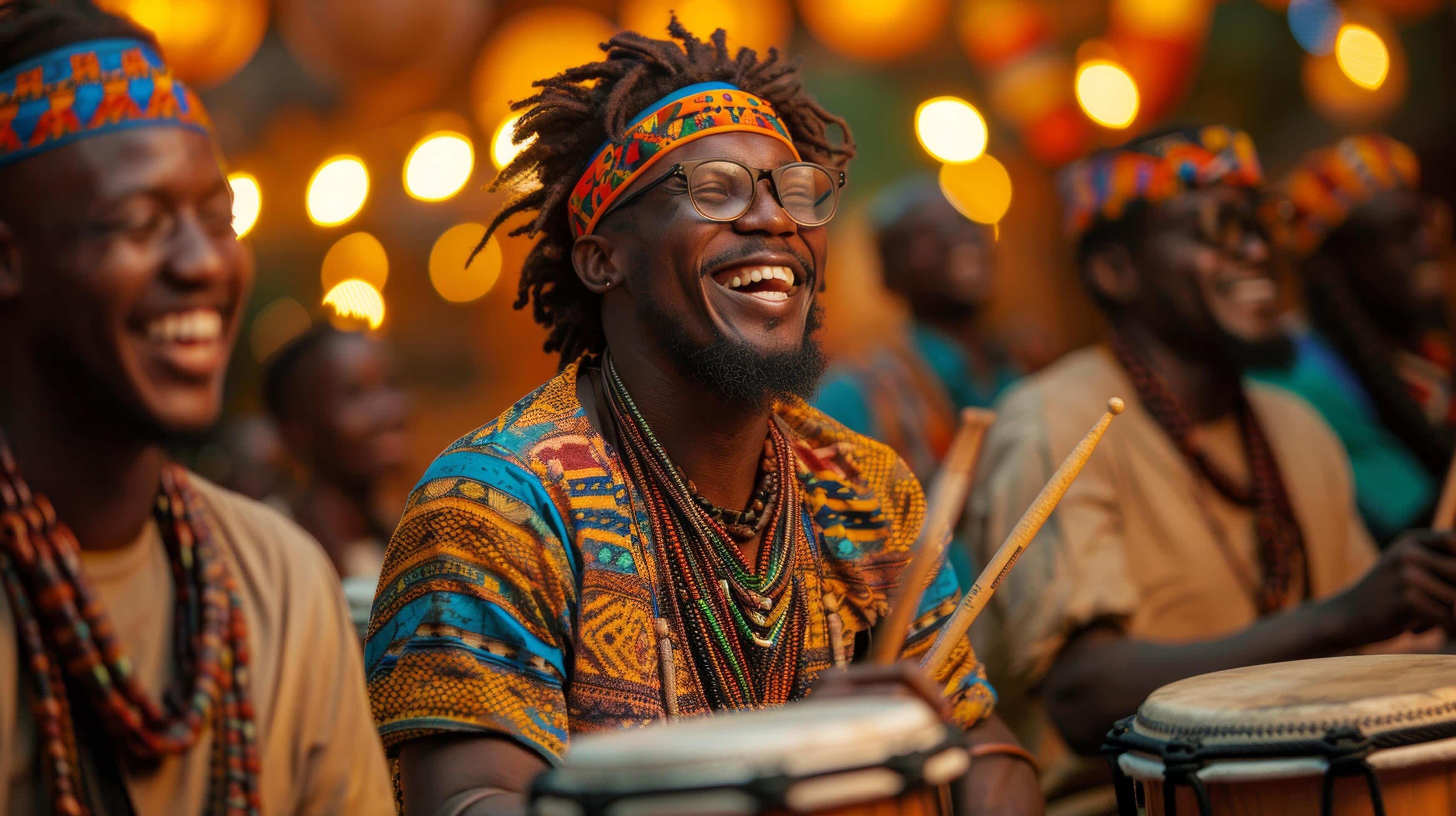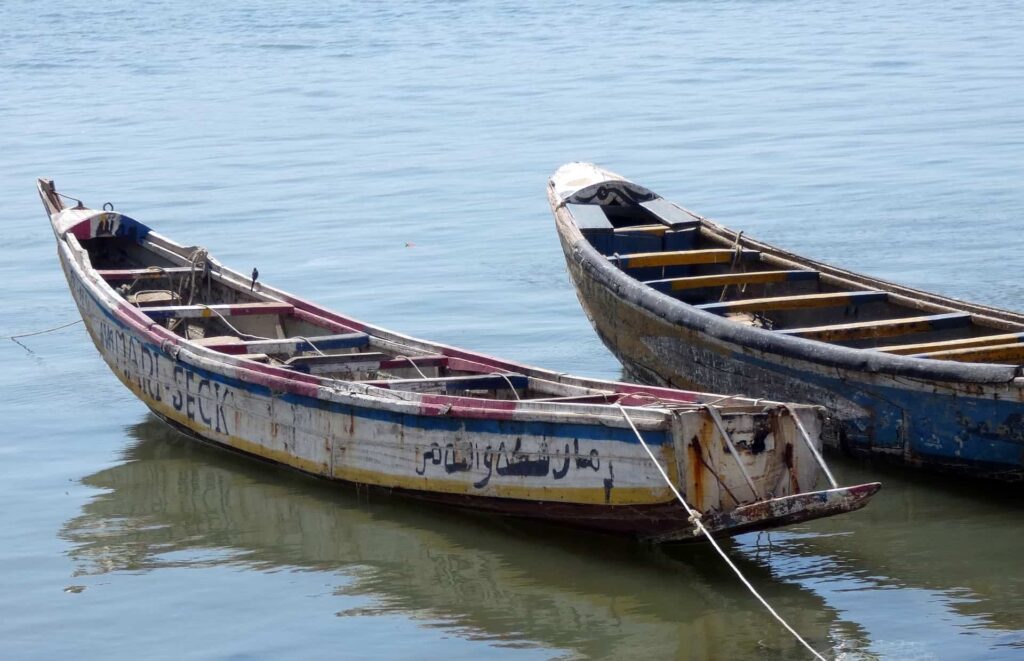Welcome to Journeeo
A destination that provides an extraordinary combination of natural beauty, historical significance, and cordial hospitality, Senegal is a vibrant and culturally rich country located on the west coast of Africa. Senegal is renowned for its diverse landscapes, which range from bustling cities to tranquil coastlines and verdant national parks, offering a distinctive travel experience. This guide will introduce you to the most exceptional aspects of Senegal, including its culture, history, and most popular attractions.
1. The Discovery of Dakar

Overview
Dakar, the capital of Senegal, is a vibrant metropolis that functions as the cultural and economic centre of the nation. It is a city of contrasts, where historic landmarks coexist with vibrant entertainment, and contemporary skyscrapers stand alongside traditional markets.
Top Attractions
- Gorée Island: A UNESCO World Heritage site, serves as a poignant reminder of the transatlantic slave traffic. The Maison des Esclaves (House of Slaves) is open to visitors, who can obtain a deeper understanding of this bleak chapter in history.
- African Renaissance Monument: This remarkable monument commemorates the liberation and renaissance of Africa, standing at a height that surpasses that of the Statue of Liberty. The panoramic vistas which are visible from the summit are truly magnificent.
- IFAN Museum of African Arts: A remarkable collection of African art, artefacts, and ethnographic exhibits is on display at IFAN, one of the earliest institutions in West Africa.
Insider Advice
- Local Cuisine: Be sure to sample the local delicacies, including Thieboudienne (fish and rice) and Yassa (chicken or fish marinated in lemon and shallots).
- Nightlife: Immerse yourself in the lively atmosphere of Dakar’s nightlife by visiting popular destinations such as Almadies and Sea Plaza, where you can enjoy live music and dance.
2. Saint-Louis, a Historic City

Overview
Saint-Louis, situated in the northwest region of Senegal, is a metropolis that is immersed in history. It was previously the capital of French West Africa and is renowned for its annual jazz festival, vibrant culture, and colonial architecture.
Top Attractions
- Faidherbe Bridge: Gustav Eiffel designed the Faidherbe Bridge, which serves as a connection between the island of Saint-Louis and the mainland.
- St. Louis Jazz Festival: This festival, which is held annually in May, draws jazz devotees from all over the world and showcases performances by both local and international artists.
- National Park of Langue de Barbarie: This park is a sanctuary for birdwatchers, and it is home to a diverse array of bird species, such as cormorants, flamingos, and pelicans.
Insider Advice
- Foot Exploration: The most effective method of discovering Saint-Louis is to stroll through its narrow alleyways, where you can appreciate the vibrant street art and colourful colonial structures.
- Local Markets: Purchase fresh produce, traditional crafts, and mementos at the local markets.
3. Senegal’s Natural Wonders

Summary
The natural landforms of Senegal are diverse, ranging from arid deserts and expansive wetlands to verdant woodlands and pristine coastlines. Exploration and adventure are distinct opportunities in each region.
Top Attractions
- Niokolo-Koba National Park: This UNESCO World Heritage site is a wildlife enthusiast’s sanctuary, featuring over 350 bird species, lions, hippos, and elephants.
- Delta Sine-Saloum: This region is renowned for its traditional fishing villages and abundant biodiversity, situated at the confluence of the Saloum River and the Atlantic Ocean. It is a magnificent delta.
- Pink Lake (Lake Retba): Known for its distinctive pink hue, which is the result of a high concentration of salt and phytoplankton, this lake is a must-see destination for its unique attractiveness and salt-harvesting activities.
Insider Advice
- Guided Tours: For a more comprehensive experience, it is recommended that you engage a local guide who is knowledgeable about the cultural significance, flora, and fauna of the region.
- Ecotourism: Participate in eco-friendly tourism practices to contribute to the preservation of the natural grandeur and biodiversity of Senegal’s landscapes.
4. The Calm Beaches of Cape Skirring

Summary
Cap Skirring, situated in the Casamance region, is distinguished by its tranquil atmosphere and breathtaking coastlines. It is the ideal location for those who wish to unwind and appreciate the natural splendour of the Atlantic coastline.
Top Attractions
- Cap Skirring Beach: This beach in Senegal is renowned for its golden dunes, crystal-clear waters, and exceptional opportunities for water activities, sunbathing, and swimming.
- Diembering Village: A traditional Diola village that offers visitors the opportunity to explore local customs, crafts, and music.
- Varela Island: This island is an excellent destination for snorkelling, fishing, and exploring undisturbed natural landscapes. It is a brief boat journey from Cap Skirring.
Insider Advice
- Beach Activities: Take advantage of the diverse beach activities that are available, including beach volleyball, jet skiing, and kite sailing.
- Local Cuisine: Indulge in delectable seafood dishes at beachside restaurants, where you can savour the day’s bounty while admiring the ocean.
5. Touba, the Cultural Heart of Senegal

Overview
The Mouride Brotherhood, one of the largest Sufi orders in West Africa, is headquartered in Touba, the spiritual and cultural hub of Senegal. The city is renowned for its magnificent mosque and the magnificent Magal, an annual pilgrimage.
Top Attractions
- The Grand Mosque of Touba: An architectural marvel that boasts gorgeous minarets and intricate designs. It is one of the largest mosques in Africa. It is a religious site of great importance to Senegalese Muslims.
- Mausoleum of Cheikh Ahmadou Bamba: This mausoleum is a site of pilgrimage and veneration, as it is the final resting place of the creator of the Mouride Brotherhood.
- Touba Library: A plethora of Islamic manuscripts and religious literature that provide a unique perspective on the Mouride Brotherhood’s history and teachings.
Insider Advice
- Dress with Dignity: It is crucial to dress in a manner that is respectful and modest when visiting religious sites. Both men and women should wear long sleeves and trousers or skirts, and women should conceal their tresses.
- Cultural Etiquette: It is important to be aware of the customs and traditions of the local community, particularly during religious observances and festivals.
6. Overview of Senegalese Music and Dance

Overview
Senegalese culture is fundamentally characterised by music and dance, which have a rich tradition that encompasses a wide range of genres and forms. Senegal’s music landscape is dynamic and vibrant, ranging from the rhythmic rhythms of traditional drums to the contemporary sounds of mbalax.
Top Attractions
- Doudou Ndiaye Rose: The “father of Senegalese drumming,” was a virtuoso drummer who established an enduring legacy. His family continues to instruct and perform traditional percussion.
- National Ballet of Senegal: This esteemed dance company presents traditional Senegalese dance and music in captivating performances that commemorate the nation’s cultural heritage.
- Live music venues: In Dakar, there are numerous live music venues, including Just 4 U and Le Must, where you can take in the performances of local artists and ensembles.
Insider Advice
- Attend a live performance: Attend a live performance or cultural event to witness the intensity and passion of Senegalese music and dance.
- Study Traditional Dance: Take a dance class to acquire knowledge of traditional Senegalese dance styles, including sabar and mbalax.
7. Senegalese Cuisine

Overview
The cuisine of Senegal is a delectable fusion of flavours and ingredients, greatly influenced by the country’s numerous ethnic groups and rich cultural heritage. The culinary offerings of Senegal are guaranteed to entice your taste senses, from delectable stews to fresh seafood.
The Most Popular Dishes
- Thieboudienne: A succulent rice and fish dish prepared with vegetables and seasonings, Thieboudienne is frequently referred to as the national dish of Senegal.
- Yassa: A dish that is widely consumed, consisting of poultry or seafood that has been marinated in a tangy lemon and onion sauce.
- Maafe: A peanut stew that is rich and substantial, typically served with rice, and is prepared with meat and vegetables.
Insider Advice
- Regional Markets: Sample street cuisine and purchase fresh ingredients by visiting local markets, such as Marché Sandaga in Dakar.
- Cookery Classes: To acquire the knowledge necessary to prepare traditional Senegalese dishes, it is advisable to enrol in a cookery class taught by local chefs.
8. Practical Information for Travelers

Overview
It is crucial to take into account practical aspects, such as visas, transportation, and health precautions, when organising a journey to Senegal. A seamless and pleasurable travel experience can be guaranteed by being adequately equipped.
Visa Requirements
- Visa-Free Entry: For periods of up to 90 days, numerous nationalities, including those from the United States and the European Union, are permitted to enter Senegal without a visa. Nevertheless, it is crucial to verify the most recent visa requirements prior to embarking on a journey.
- E-visa: Prior to embarking on their journey, certain travellers may be required to submit an online application for an e-visa.
Transportation
- Flights: The primary entry point for international flights to Senegal is Blaise Diagne International Airport (DSS) in Dakar.
- Public Transportation: In urban areas, taxis, buses, and minibuses (also referred to as “car rapides”) are frequently utilised modes of transportation. Consider leasing a private automobile or utilising intercity buses for extended distances.
Health Warnings
- Vaccinations: It is advisable to maintain a current vaccination schedule, which includes those for hepatitis A and B, typhoid, and yellow fever.
- Malaria Prevention: Insect repellent and prophylactic medication are recommended due to the presence of malaria in Senegal.
The arid season, which spans from November to May, is the optimal time to visit Senegal. The weather is agreeable during this time, with minimal rainfall and lower humidity. Additionally, this is the optimal period for festivals and outdoor activities.
Senegal is generally regarded as a secure destination for travellers. Nevertheless, it is crucial to exercise common sense precautions, such as avoiding isolated areas at night and monitoring your possessions in congested areas. It is also prudent to remain informed about any travel advisories.
French is the official language of Senegal. Nevertheless, Wolof, Pulaar, and Serer are among the most commonly spoken local languages. Learning a few fundamental phrases in Wolof can improve your travel experience and facilitate your interaction with residents.

